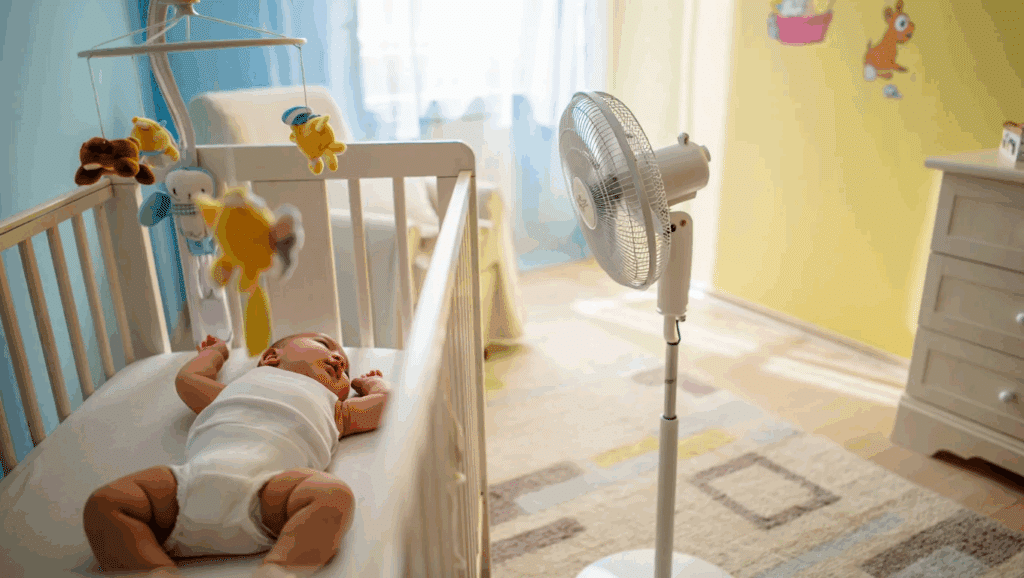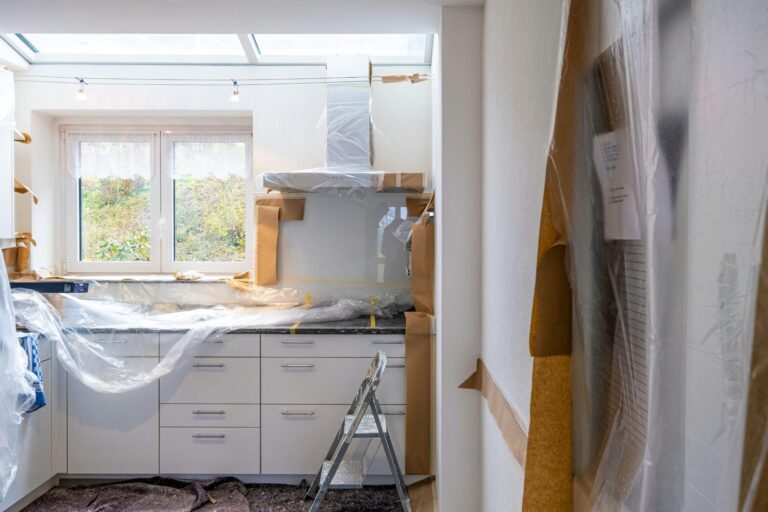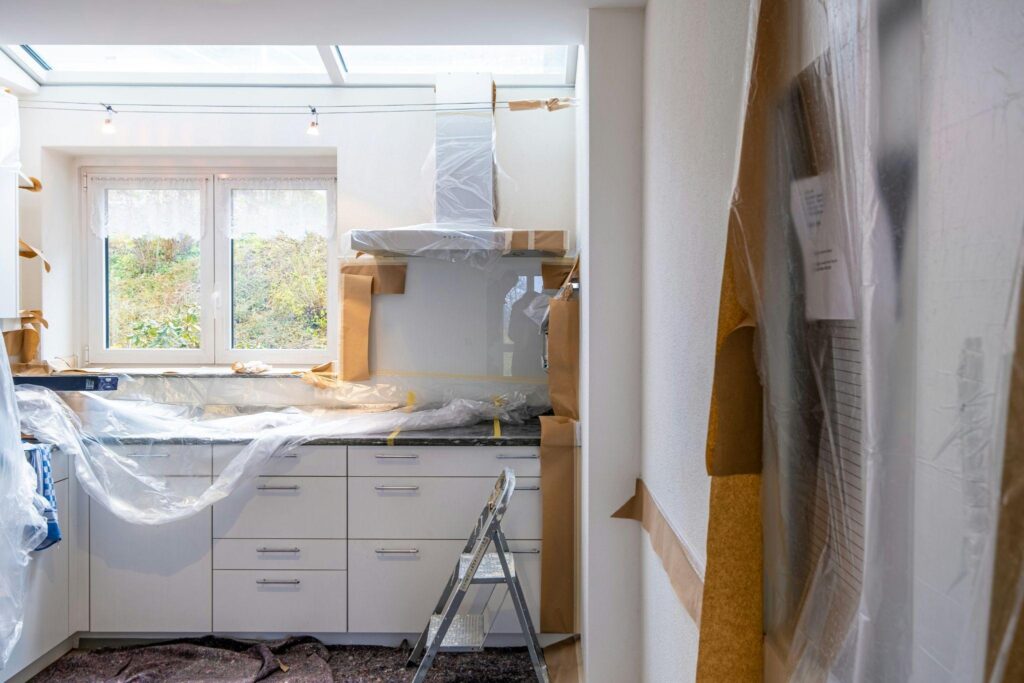Many parents face confusion when it comes to keeping their babies cool during hot weather. The instinct is to turn on a fan and point it directly at the little one for instant relief.
This blog will explain facts about why shouldn’t you direct a fan at a baby. You’ll learn about the specific dangers involved, understand how a baby’s body temperature regulation differs from adults.
By the end of this post, you’ll have clear guidelines for safe cooling methods that protect your baby while still providing relief from the heat.
Is It Safe for Babies to Sleep With a Fan On?
Research indicates that having a fan running in a baby’s room can significantly reduce the risk of sudden infant death syndrome (SIDS) by up to 72%, likely due to improved air circulation and reduced buildup of exhaled carbon dioxide.
However, it’s crucial to distinguish between using a fan in the room and pointing it directly at the baby. While a fan helps ventilate the space, direct airflow on a baby can cause overcooling and discomfort.
The safest approach is to place the fan so it circulates air throughout the room without blowing directly on the infant, ensuring both effective ventilation and the baby’s comfort and safety.
Risk Factors Involved
Using a fan in your baby’s room can help keep the air fresh and reduce the risk of SIDS, but it’s important to use it safely. Directing a fan at your baby can introduce several health concerns.
Here’s why shouldn’t you direct a fan at a baby.
1. Overcooling and Temperature Regulation
Babies, especially newborns, cannot regulate their body temperature as efficiently as adults.
Direct airflow from a fan can cause their body temperature to drop too low, leading to overcooling or even hypothermia. This can make your baby uncomfortable, disturb their sleep, and potentially impact their overall health.
2. Dry Skin and Airways
Continuous direct airflow can dry out a baby’s sensitive skin and delicate nasal passages. This dryness may result in skin irritation, chapped lips, or nasal congestion, making it harder for your baby to breathe comfortably.
Maintaining gentle, indirect air circulation helps prevent these issues while still keeping the room ventilated.
3. Respiratory Discomfort and Illness
When a fan is aimed directly at a baby, it can cause respiratory discomfort such as stuffy nose, difficulty breathing, or even aggravate existing respiratory conditions.
Babies exposed to strong airflow may also be more susceptible to catching colds or developing other respiratory infections due to the constant movement of air and dust particles.
4. Circulation of Dust and Allergens
Fans can stir up dust, pollen, and other allergens present in the room. When directed at a baby, these particles can be blown straight into their breathing zone, increasing the risk of allergies or respiratory irritation.
Regular cleaning and proper fan placement can minimize this risk, but direct airflow should always be avoided.
5. Physical Safety Concerns
A fan placed too close or pointed at a baby can pose physical hazards, especially if the child becomes mobile. There’s a risk of accidental contact with the fan or its cord, which could lead to injury.
Always ensure fans are securely positioned and out of reach, with airflow directed away from the crib or sleeping area.
Best Practices for Using a Fan in a Nursery

Using a fan in your baby’s nursery can help maintain a comfortable and safe sleep environment when used correctly. Proper fan placement and settings are essential to ensure your baby’s comfort and well-being.
Here are the best practices for using a fan in a nursery:
1. Position the Fan for Indirect Airflow
Place the fan in a location where it circulates air throughout the room without blowing directly on your baby. This helps maintain a consistent temperature and prevents overcooling or discomfort.
Aim the fan toward a wall or ceiling to create gentle air movement. Indirect airflow also reduces the risk of drying out your baby’s skin and airways, supporting a healthier sleep environment.
2. Maintain an Ideal Room Temperature
Keep the nursery temperature between 16–20°C (60–68°F), which is considered optimal for infant sleep.
Use a room thermometer to monitor conditions, adjusting the fan speed as needed to avoid making the room too cold.
This temperature range helps prevent overheating and reduces the risk of sudden infant death syndrome (SIDS), ensuring your baby sleeps safely and comfortably.
3. Ensure Proper Ventilation and Cleanliness
Use the fan alongside other ventilation methods, such as slightly open windows, to promote fresh air exchange.
Regularly clean the fan blades and the surrounding area to minimize dust and allergens that could be circulated in the air.
Good ventilation and cleanliness help maintain healthy indoor air quality, reducing the risk of respiratory irritation for your baby.
4. Choose a Safe, Quiet Fan Model
Select a fan with a stable base, covered blades, and quiet operation to minimize noise disruptions and safety hazards. Place the fan out of your baby’s reach, ensuring cords are secured and inaccessible.
A safe, quiet fan not only protects your baby from accidental injury but also supports a peaceful sleep environment, free from loud or startling sounds.
Monitoring your Baby’s Sleep Space
Monitoring your toddler’s sleep space is essential when using a fan in the nursery. Regularly check that the fan is positioned to circulate air without blowing directly on your child, as direct airflow can cause discomfort or health issues.
Ensure the room temperature remains within the recommended 16–22°C range for safe sleep. Keep the sleep area free from loose bedding, cords, or objects that could pose a safety risk.
Use a room thermometer and consider video or environmental monitors to track temperature and humidity, adjusting fan settings as needed for comfort. Frequent supervision helps maintain a safe, comfortable environment for your toddler.
The Bottom Line
Keeping your baby safe and comfortable doesn’t have to be complicated, but it does require the right approach. Direct fan exposure might seem like a quick fix for hot days, but it has its own pros and cons.
We hope this blog has answered all your question to why shouldn’t you direct a fan at a baby.
Stay informed, stay cautious, and your little one will stay safe and comfortable all year round.


















